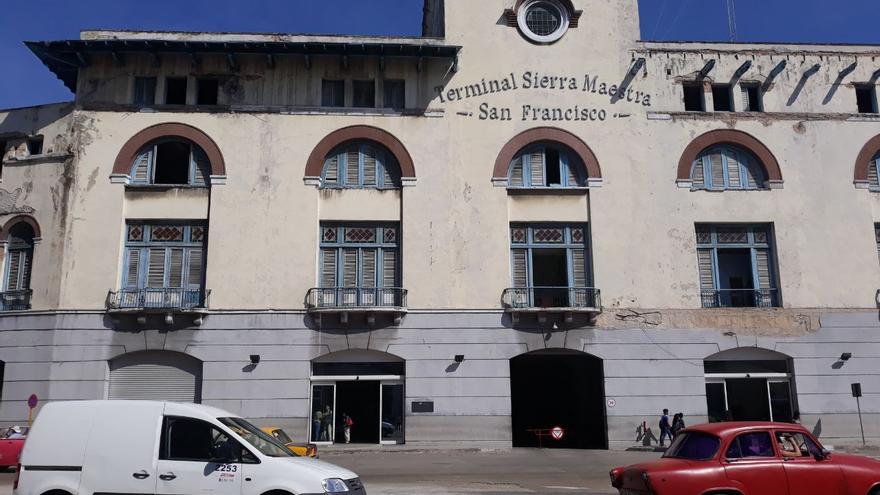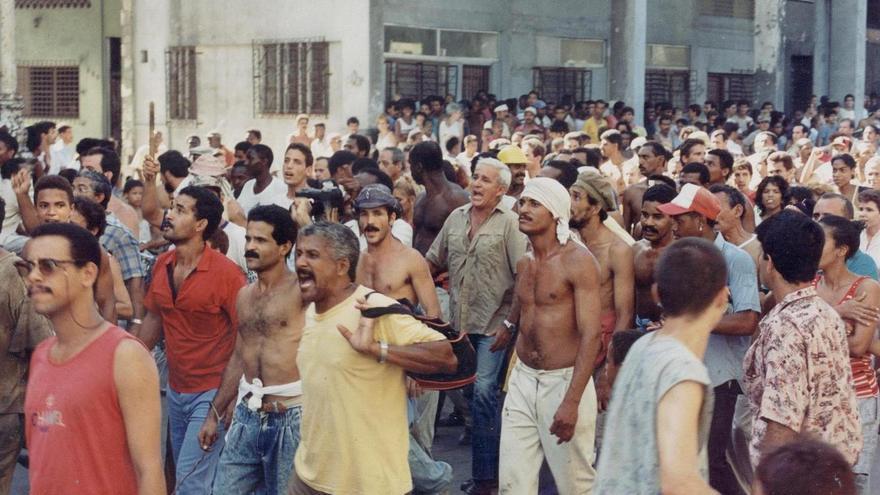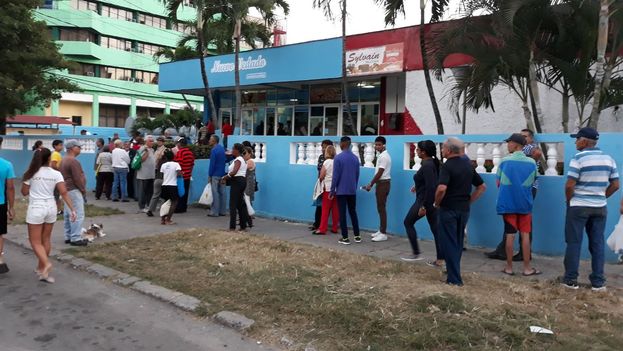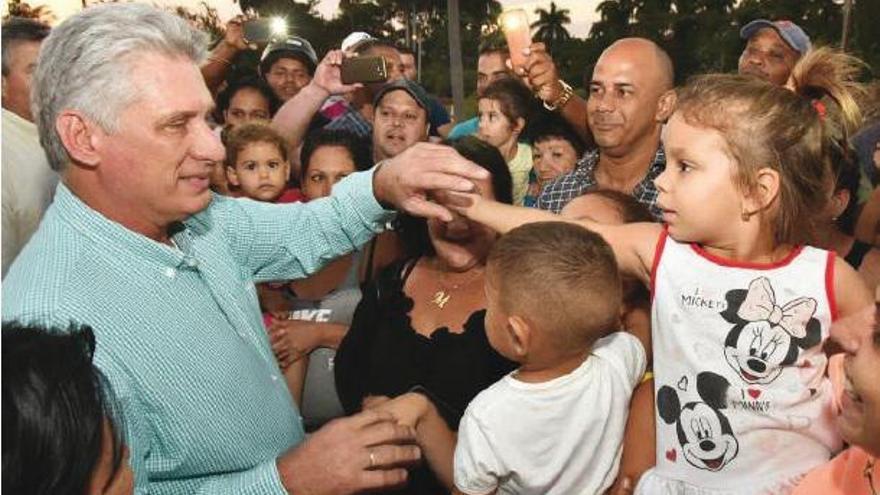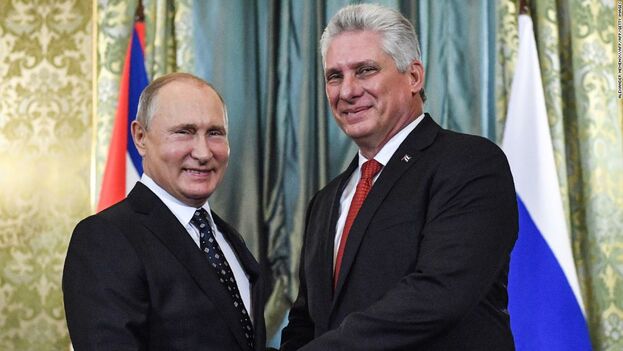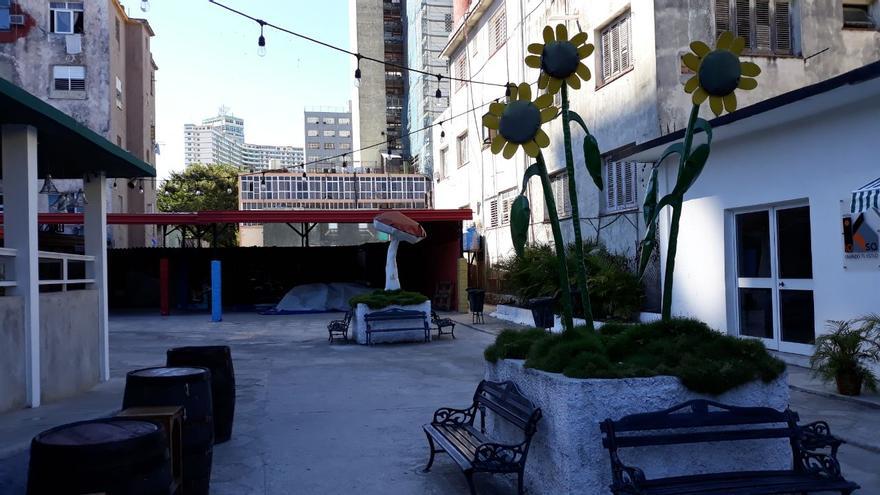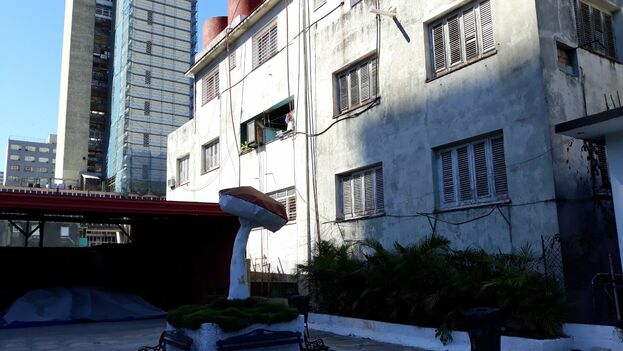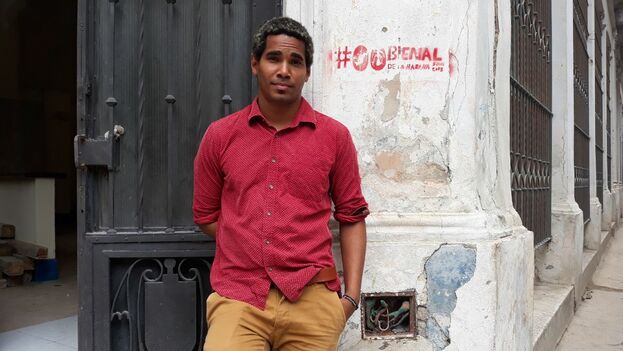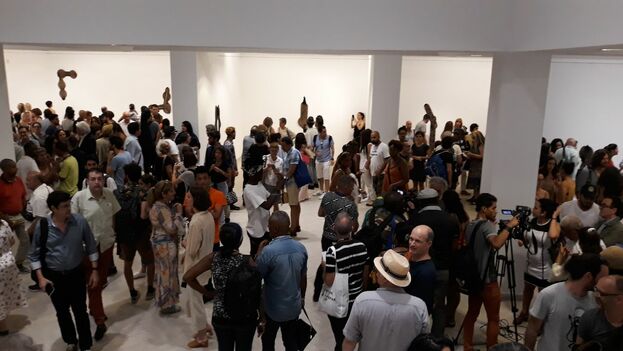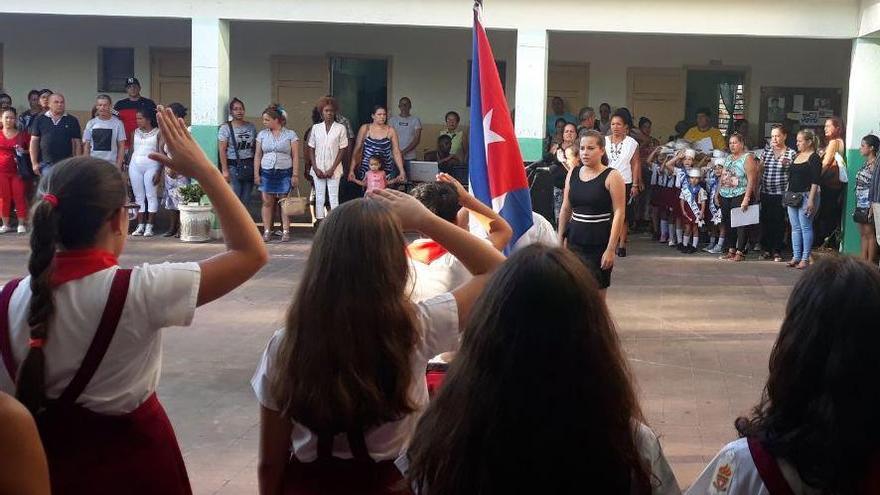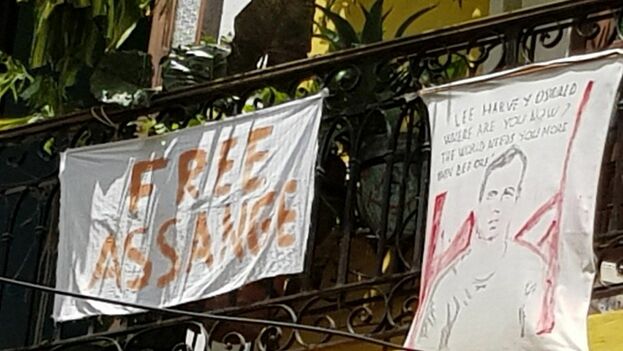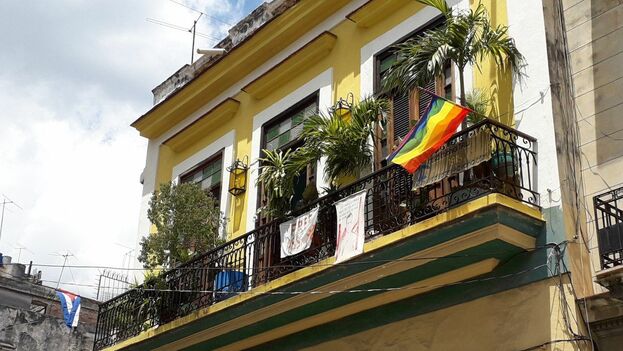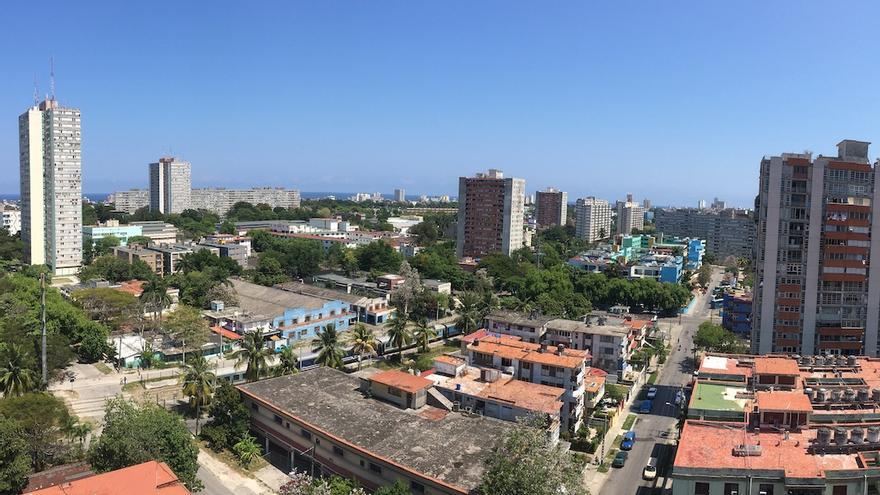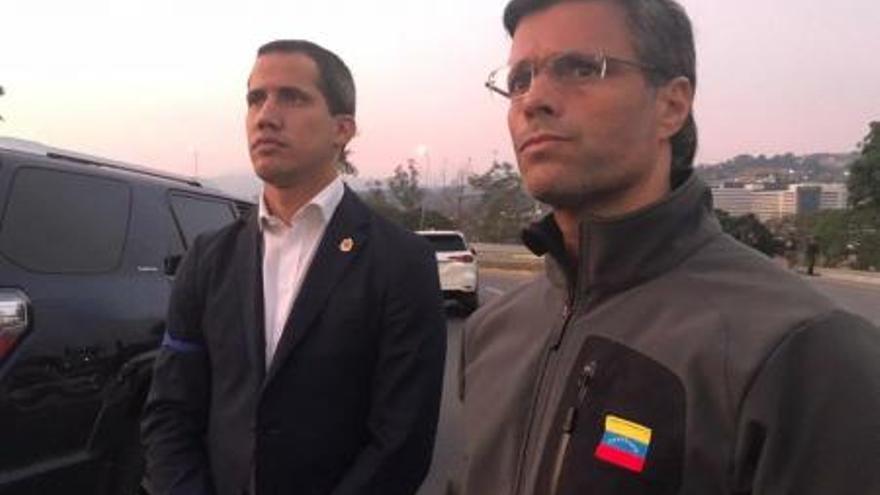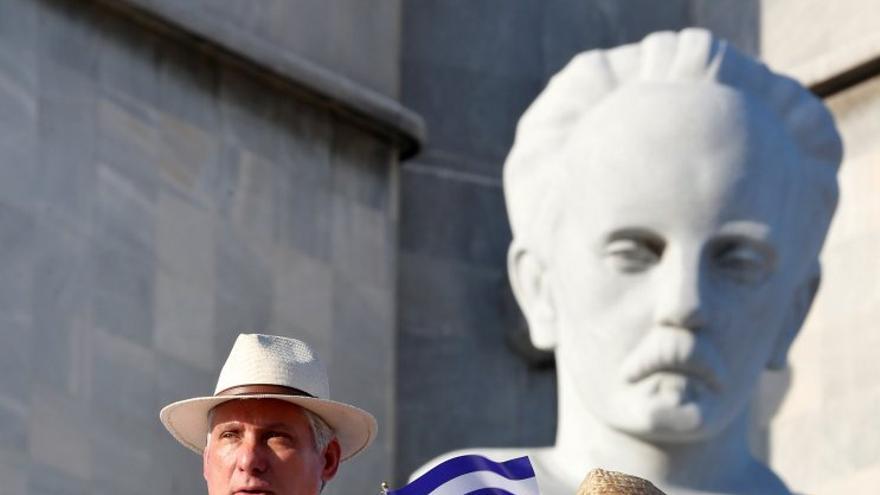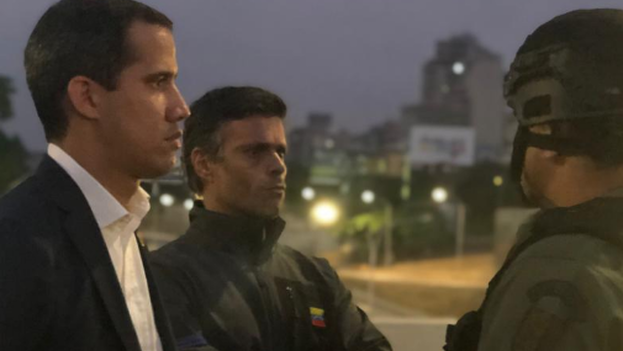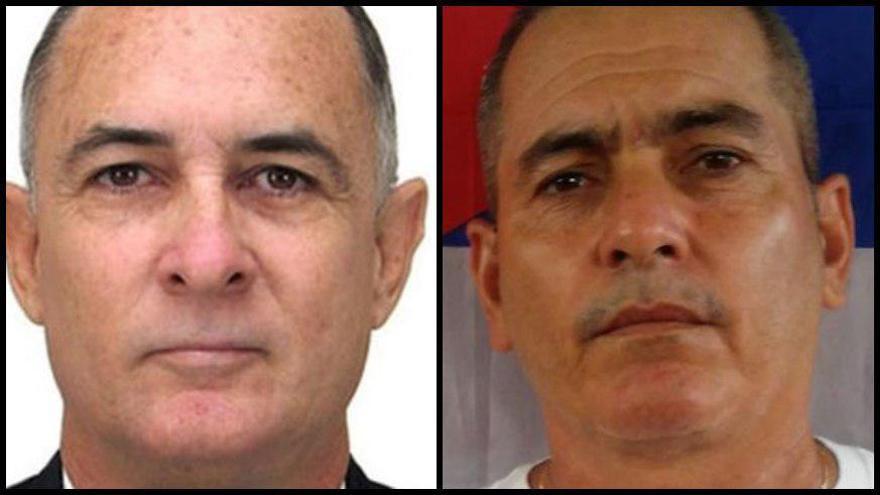It is assumed that this measure, long-awaited, benefits thousands of families throughout the country, not with a new home but with a new status for what they had already acquired.
This agreement does not open the door to the construction of new real estate but only regularizes the property of those who were leasing or “illegally” occupying their domicile. However, the new regulations will expand the official statistics of registered houses, which currently amount to 3,824,861 throughout the country, of which almost 40% are considered to be in just fair or poor condition. continue reading
With the enactment of this agreement in the Official Gazette, the size of the “housing problem” will hardly change, and it remains the oldest, most widespread social concern with the greatest impact on the Cuban population. In the last 60 years attempts at a solution have only had positive repercussions in the short term and in most cases they have been experiments where improvisation and voluntarism have prevented lasting results.
The first step taken by the Government in this sector occurred as early as February 17, 1959. That day, 24 hours after taking office as Prime Minister, Fidel Castro abolished the National Lottery and created in its place the National Institute of Savings and Housing (INAV), whose primary function would be to build houses with the money that would be obtained from the purchase of the new “Revolutionary Lottery” tickets.
Less than three weeks later Law 135 imposed a drastic reduction in the housing rents. At that time, the State did not have any presence in the real estate business since the first stone of the novel method, created by INAV, had not yet been laid. Thus, those affected were the private owners who, although they represented a minority compared to the number of beneficiaries, were all of those who, up until that time, had invested in the construction of houses and apartments.
On October 14, 1960, seeing the financial resources of the lottery did not advance the construction of housing at the desired rate, the Comandante en Jefe, obsessed with fulfilling his promise to resolve the matter as soon as possible and at whatever price, signed the Law of Urban Reform, towhich in its final disposition iwas granted “force and constitutional hierarchy.”
The new law eliminated the right of a private individual to profit from the rental of houses and transferred to the state all the properties that were dedicated to that business. After proclaiming in his first article that “every family has the right to decent housing,” it was specified that the State would enforce that right in three stages.
In the first stage, the price of the houses would be amortized with what the family paid for rent in five years. In the second, the “immediate future stage,” the State “with the resources coming from this Law” would build houses in a massive way and cede them in permanent lease arrangements through monthly payments that would not exceed 10% of the family income. In the third “future stage instruments,” the State would build houses with its own resources and “cede them in a permanent and gratuitous lease to each family.”
A rectification of these daydreams, which entered into force on July 1, 1985, extended the term of the payments to be made to 20 years and ruled that the price to be paid would be calculated, as of that date, based on the square meters of the building.
In the 25 years between the Urban Reform and its rectification, the most popular experiment that was put into practice was the plan of the microbrigades. Cubans under 30 only know of this concept through hearsay, because the once heroic microbrigades practically disappeared after 1990.
The movement was founded on February 17, 1971 in the Alamar district located east of the capital. It was based on the idea that workers would build their own homes. To this end, the State assigned land, supplied materials and placed a small number of specialists who trained those who would end up as bricklayers, electricians or plumbers.
At the conclusion of the work, the apartments were distributed among workers from the work center that had provided the microbrigadistas, with the determinations of who would get a home based on labor and social provided and a consideration of those who were really in need. Throughout the country one can find these projects where the buildings of five floors abound and from time to time more advanced models built using different technologies with 12, 14, 18 and 24 floors.
The reasons for the disappearance of this initiative have never been convincingly explained, but among the reasons may be how expensive it was for workplaces to continue paying the full salary of the micro-brigade workers who remained permanently mobilized in the construction, Monday through Saturday, ten hours a day for three to five years. On the other hand, the productivity of these improvised builders was low and the quality of the completed projects left much to be desired.
Another very important argument is that, until July 1985, those who received a house in this way and had participated in the micro (as the microbrigade was commonly called) paid only a monthly payment equivalent to 10% of their salary. If someone earned, for example 200 pesos, he paid 20 each month, which multiplied by the 240 months in 20 years, resulted in the price of his apartment totalling 4,800 Cuban pesos. This amount was extremely far from what the apartment had cost the State, and thus the investment made was irrecoverable in economic terms.
In the meantime, new housing assignments were made taking possession of the apartments left behind by those who had decided to emigrate permanently. The immigration law that remained in effect until the end of 2012 provided for the confiscation of the properties of those who left the country.
The most important emigration waves were those in 1965 by the port of Camarioca, the one of 1980 through the Port of Mariel and the massive exodus of the rafters in 1994. As a result of these and other exits from the country, the problem was “resolved” for tens of thousands of families, almost all selected for “their proven political loyalty.”
After General Raul Castro became president of the country, two decisions were taken that had a strong impact: the authorization for the sale of houses (2011) and the new Migratory Law (2013), which abolished the concept of “definitive exit” by which the property of the emigrants was confiscated. Consequently, those who decided to leave were able to sell their houses to defray the expenses of their emigration.
When unleashing a wave of transactions for the sale of homes between individuals, the State realized that the prices that were declared legally, for the purposes of paying the required tax, were those that appeared written on the properties. But everyone knew that an apartment that registered a legal price of 4,800 Cuban pesos (approx. $200 US) was actually selling at 30,000 convertible pesos, or approximately 150 times more.
To avoid the effects of this veiled fraud, the Government decided to change, by decree, the prices of the homes that were to be sold and also assigned to each a “reference value” that multiplied the new figure by five, six or seven.
This reference value is used to calculate the sales tax. For example, that apartment which in 1985 was valued at 4,800 Cuban pesos today may have an official price of 39,000 pesos, but the reference value ends up being 234,000 pesos. Consequently, when the owner decides to sell it, he must contribute to the Treasury a tax of 4%, the equivalent of 9,360 pesos, almost double the idyllic price that the hard-working micro-brigadista paid off in 20 years, for the tax alone.
Now, the new measures will facilitate the acquisition of a property title for those who live in a state lease property and those who have not been able to legalize the possession of a house. However, the boldest thing that remains to be done to begin to give a definitive solution to the housing problem will not be to make paperwork more flexible, but to allow construction cooperatives to become companies with sufficient legal capacity to acquire materials, hire qualified personnel and open an authentic real estate market.
The State could continue to build for those who do not have the capacity to pay for the homes that go on the market. At least for those who receive poverty level wages. But at least it has already been recognized that a house can not be worth 4,800 pesos, as had been established by that hypocritical utopia.
____________________________
The 14ymedio team is committed to serious journalism that reflects the reality of deep Cuba. Thank you for joining us on this long road. We invite you to continue supporting us, but this time by becoming a member of 14ymedio. Together we can continue to transform journalism in Cuba.
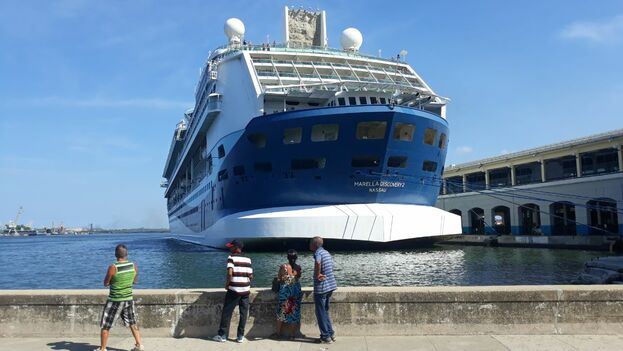
![]() 14ymedio, Luz Escobar, Havana, 7 May 2019 — Things have become complicated for the independent tour guides in Havana in recent weeks. Accustomed to operating for years without a license, they see how the authorities are now trying to curb their activities to protect the monopoly of state companies, such as Cubanacan or Havanatur.
14ymedio, Luz Escobar, Havana, 7 May 2019 — Things have become complicated for the independent tour guides in Havana in recent weeks. Accustomed to operating for years without a license, they see how the authorities are now trying to curb their activities to protect the monopoly of state companies, such as Cubanacan or Havanatur.